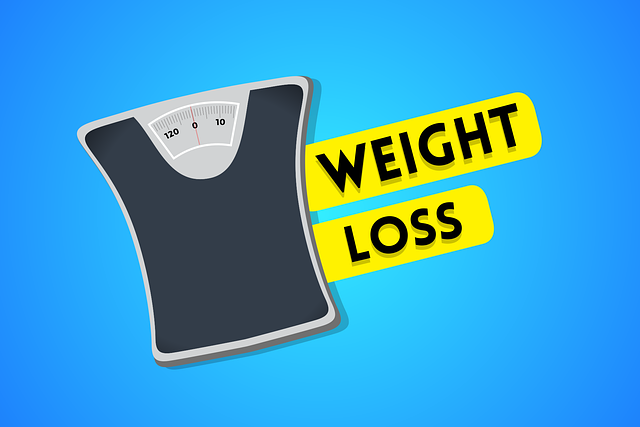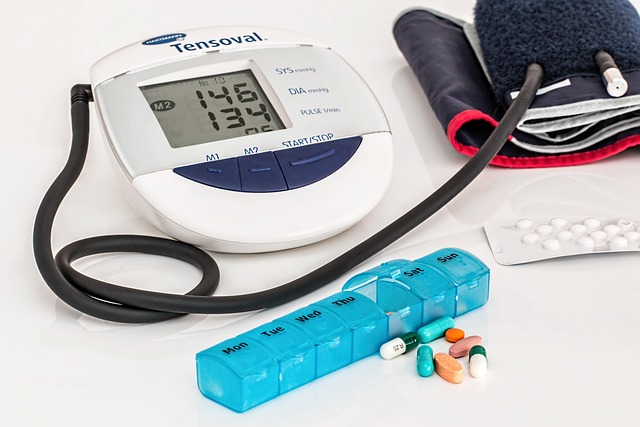In today’s fast-paced digital age, fitness has evolved from a simple hobby into a comprehensive lifestyle. People are more aware than ever of the importance of maintaining physical and mental well-being. However, achieving fitness goals isn’t just about working out or eating healthy—it’s about tracking progress, staying consistent, and making data-driven adjustments. This is where fitness apps and tools come into play. Whether you’re a beginner taking your first steps toward a healthier lifestyle or an experienced athlete looking to optimize performance, these technologies offer invaluable support in helping you achieve your goals.
Why Tracking Progress Matters
Before diving into the specifics of fitness apps and tools, it’s essential to understand why tracking progress is so crucial. First and foremost, humans are naturally motivated by visual evidence. Seeing tangible results—whether it’s losing weight, gaining muscle, or improving endurance—boosts confidence and reinforces commitment. Secondly, tracking provides clarity. Without accurate data, it’s easy to overestimate or underestimate your efforts. For example, you might think you’re burning enough calories during a workout, but tracking reveals the truth. Lastly, modern fitness apps and tools simplify the process, saving time and effort while ensuring precision. Instead of manually jotting down notes, you can rely on technology to handle the details for you.
Top Fitness Apps for Tracking Progress
- MyFitnessPal
MyFitnessPal is one of the most popular apps for tracking nutrition and exercise. It allows users to log their meals and automatically calculates calorie intake, macronutrients, and other nutritional values. With a vast database of foods—including restaurant meals and packaged snacks—this app makes it easy to stay on top of your diet. Additionally, MyFitnessPal integrates seamlessly with fitness trackers like Fitbit and Apple Watch, offering a holistic view of your health journey. - Strava
For runners, cyclists, and outdoor enthusiasts, Strava is a game-changer. This app tracks metrics like distance, speed, elevation gain, and even heart rate during workouts. One of its standout features is the social aspect, which allows users to join challenges, compete with friends, or connect with like-minded individuals in the fitness community. The sense of camaraderie and friendly competition keeps users engaged and motivated. - Fitbit App
While primarily designed to work with Fitbit devices, this app is also a powerful standalone tool. It tracks daily activity, including steps, calories burned, sleep quality, and heart rate. Fitbit’s personalized insights and guided programs make it easier to set realistic goals and monitor progress over time. - Nike Training Club
This app offers a wide range of workouts suitable for all fitness levels, from beginners to advanced athletes. What sets Nike Training Club apart is its combination of high-quality video tutorials and progress-tracking features. You can follow structured plans designed by professional trainers and see how far you’ve come since day one. - Apple Health & Google Fit
These built-in platforms aggregate data from various sources, including third-party apps and wearable devices. They provide a centralized dashboard where users can view their overall activity, nutrition, and sleep patterns. While not as specialized as some other apps, they serve as excellent hubs for organizing your fitness data.
Physical Tools for Fitness Tracking
While apps dominate the digital landscape, physical tools remain indispensable for many fitness enthusiasts. Here are some of the most effective options:
- Smartwatches (e.g., Apple Watch, Garmin, Fitbit)
Smartwatches have become essential companions for anyone serious about fitness. They monitor heart rate, track workouts, analyze sleep patterns, and even measure stress levels. Many models also include GPS functionality, making them ideal for outdoor activities like running, hiking, or cycling. - Smart Scales
Traditional scales only tell you your weight, but smart scales go much further. They measure body fat percentage, muscle mass, bone density, and hydration levels. By syncing with apps, these scales provide a comprehensive picture of your body composition over time. - Activity Trackers (e.g., Fitbit Bands, Whoop Strap)
These lightweight, wearable devices focus on monitoring daily movement. They count steps, track calories burned, and remind you to move if you’ve been sedentary for too long. Some advanced models also monitor recovery and readiness for exercise. - Heart Rate Monitors
For those who prioritize cardiovascular health or train at specific intensity zones, chest straps or wrist-based heart rate monitors are invaluable. They provide real-time feedback during workouts, ensuring you stay within your target range.
Maximizing the Benefits of Fitness Apps and Tools
To get the most out of these resources, consider the following tips:
- Set Clear Goals: Before downloading any app or purchasing a device, define what you want to achieve. Are you aiming to lose weight? Build strength? Improve endurance? Having clear objectives will guide your choices and keep you focused.
- Analyze Data Wisely: Don’t just collect numbers—use them to refine your approach. If your sleep tracker shows poor rest quality, adjust your bedtime routine. If your step count is low, find ways to incorporate more walking into your day.
- Stay Honest: Avoid the temptation to “cheat” the system by underreporting calories or skipping logs. Accurate data is key to meaningful progress.
- Leverage Social Features: Many apps allow you to connect with friends or join communities. Use these features to stay accountable and motivated. Friendly competition can be a powerful driver of success.
Challenges to Be Aware Of
Despite their numerous advantages, fitness apps and tools aren’t without challenges. First, the sheer variety of options can be overwhelming. Choosing the right app or device requires research and experimentation. Second, relying too heavily on technology can sometimes lead to frustration if results don’t appear quickly. Patience and persistence are essential. Finally, there’s a risk of becoming overly fixated on numbers, which may detract from the joy of exercise itself. Balance is key.

